To kick of 2022, OnePlus announced the OnePlus 10 Pro, got us excited for a moment, and then shipped the thing only in China, without any sort of firm date on a US arrival. It really took the wind out of any early momentum that OnePlus could have used before Samsung dropped the hammer on the industry with its Galaxy S22 Ultra. Here we are now, though, and the OnePlus 10 Pro is finally here, just not with everything we were first expecting.
The OnePlus 10 Pro actually arrives in the US (April 14) with a handful of head-scratching changes that puts it in this position that comes off like a phone filling space before the next thing. I say that because the version you’ll find here has poor 5G support in the US, only a single storage-RAM combination, and a mysterious drop in wired charging speeds. This is a very weird launch.
With that said, I’ve been testing it for several weeks now and if I’m being as straight as I can be with you, the first thing I’d tell you about the OnePlus 10 Pro is how much I like it. Weird, right? Yep, let’s talk more about that.
This is our OnePlus 10 Pro review.
What do I like about the OnePlus 10 Pro?
Performance. You might get tired of me raving about how OnePlus phones run different, compared to all others, but it once again rings true with the OnePlus 10 Pro. This phone is so freakin’ smooth at all times. It’s haptics add to the beautiful speed, but the 120Hz display, Snapdragon 8 Gen 1 chip, fast RAM and fast storage, and optimizations from software make for one hell of a ride.
I just got done talking about how Motorola’s new Edge+ has OnePlus-level smoothness, but I kind of need to take that back some now that I’ve been using this OnePlus 10 Pro. This phone is on another level. OnePlus really does have the magic touch when it comes to the feel of fast & smooth on a smartphone. I don’t know how they do it.
I’d imagine that some of you were worried that this phone wouldn’t be as fast, with “only” 8GB RAM and 128GB storage, but it’s plenty fast. I double checked the specs on my review unit a couple of times to make sure, because we all expect 12GB RAM in a phone that runs this good, yet here we are. Once again, great job here by OnePlus.
Display. We’re at that stage in the smartphone era where all of these top tier smartphones have excellent displays, so you should have expected a good one here. The 6.7″ 120Hz AMOLED display with LTPO on this phone is indeed a good one.
I’d probably slot this one somewhere below Samsung’s on the S22 Ultra and above both the Pixel 6 Pro and Motorola’s new Edge+. While this one feels like it hits 120Hz more often than Samsung’s, it’s still Samsung who remains king of brightness highs and lows, as well as colors. But don’t take this as me putting this far below – I think OnePlus is closer than anyone to reaching Samsung at the top.
This particular display reaches that full 120Hz a lot of the time, so you get all of the smoothness you want. It’s color profile out of the box is extra punchy, for those (like me) who love vibrance. At off angles, there isn’t a noticeable amount of color shifting either. This is quality stuff.
Where OnePlus helps step above most others is in software. They give you the typical dark modes, but they also have 3 different dark modes to choose from that range from pure black to a “gentle” grey. From there, you can even have the system auto adjust contrast depending on lighting conditions, to really dial in your darker experience. They even have pro controls over the color profile, a natural tone display setting that Apple made famous, and extra video enhancement settings.
As far as the physical appearance and usability of the screen goes, I have no complaints. This is a curved display, yet OnePlus has almost backed away from there being real curves. This is minimal for a curve and when you use it, it very much will remind you of a flat display with a subtle roundness at the edges that won’t impact how you use it.
So again, I think Samsung’s S22 Ultra display has the slightest of edges in clarity, colors, touch responsiveness, and low-end brightness, but OnePlus is oh so close to matching that experience. In some ways, OnePlus has certainly stepped above Samsung.
Design. My first reaction to seeing this phone design was similar to others. I kind of wanted to make fun of it for biting off a chunk of Samsung’s vibe. The way the frame blends into the camera housing screamed “Samsung!” But now that I’ve got the phone in hand, nothing about this design reminds of Samsung. This is most definitely a OnePlus phone.
It has a gentle rear curve and the subtlest display curve that makes it completely inoffensive to use, unlike the Galaxy S22 Ultra or Pixel 6 Pro. It’s a large-ish phone, but it fits really nicely in the hand because of its silhouette, weight, and button placement. You can’t exactly use it with one hand, although I’ve mostly managed to during testing.
The rear finish on the glass is a frosted matte texture that magically avoids all fingerprints. Seriously, I haven’t had to wipe the phone’s backside down a single time. The only spot that catches a print is that big ol’ box of a camera housing.
By no means is this phone pushing any new design boundaries. It still remains a unique take on a smartphone, at least to me. I have a Galaxy S22 and S22 Ultra sitting here, as well as the Pixel 6 Pro and iPhone 13 Pro, and there is no question that this is the OnePlus of the bunch. It also feels quite polished, like a smartphone company who has indeed been doing this for a while and knows how to build a quality handset. Google could take some notes from this phone, that’s for sure.
Camera. The OnePlus 10 Pro brought back the main 48MP Sony IMX789 sensor from the OnePlus 9 Pro and added on 50MP ultra-wide and 8MP telephoto lenses. Not to completely toss aside the telephoto lens, but this is mostly just a dual camera setup. The 8MP telephoto camera is not good and mostly fails to capture anything you’d be proud to share. The high-end dual shooters are pretty good at least!
And since this is mostly a dual lens system, I’ll share that during my testing, I basically matched it up to the Motorola Edge+ and snapped very similar shots. In almost every single comparison shot I took, the OnePlus 10 Pro’s camera beat it. This is a far superior camera system. It retains more detail, captures more accurate color, portrait mode looks more natural, and it has more features.
There is a Hasselblad sales pitch to the branding here with a promise of 12-bit RAW and Hasselblad’s “Natural Color Solution” to deliver more “delicate” colors. The Pro mode is all built around Hasselblad too, with an “H” branding and orange accents everywhere. For most of us, that stuff doesn’t matter because we really just want a camera that can open quickly and shoot in auto. Sure, we want to toggle between lenses, open portrait and night modes, use the video mode, and maybe even take a spin with this camera’s new fisheye mode. Outside of that, who shoots in RAW besides the one friend of yours who happens to be a photographer and forgot his actual pro camera today?
Anyways, I think this camera is mostly fast and I’ve had confidence in it over the past few weeks. Again, I liked the OnePlus 9 Pro camera and this is a very similar setup, although it has another year of OnePlus and Hasselblad tuning, which I think has led to impressive results in most of your typical shooting situations (I should a lot of food, landscape, and pics of my kid). I would only point out that its night mode tends to really blow up colors and brightness, so that some of your photos will look unnatural (Example: Pixel 6 Pro, OnePlus 10 Pro). Maybe that’s your thing?
What’s bugging me about it?
Battery life. The days of OnePlus selling battery king phones are long gone, I’m afraid. I’ve now been through several OnePlus “Pro” phones that are lasting about a day and nothing more. The OnePlus 9 Pro had really poor battery life, and while the OnePlus 10 Pro improves on that some, I was hoping for more.
The 5000mAh battery is quite large, yet I had several evenings where I was dipping under 20% battery before or right around 9PM. That’s with 3-4 hours of screen-on time, which I wouldn’t consider to be heavy usage. This was a phone I didn’t feel like I could truly hammer on because I never had any days where it looked like it would make it beyond that night.
Thankfully, it has ridiculously fast 65W wired charging and 50W wireless charging. You really can plug this phone in, blink a couple of times, and realize it jumped up 20-30%. It’s really wild. And yes, I used a 65W charger on it most days knowing it would need it if the OnePlus 10 Pro would accompany me on my evening couch sessions were.
So by no means is battery life bad on this phone, it’s just that I keep wishing OnePlus would find that old magic. Maybe their performance team can take a break from smoothing it all out and work on extending battery life.
Of course, I can’t run through this review without mentioning that the phone is listed at being 65W capable, when we all know the Chinese version does 80W wired charging. As I mentioned the other day, I don’t know the reasoning there, but it’s got to be a cost cutting measure. OnePlus shipped 65W chargers with last year’s OnePlus 9 Pro, so they shouldn’t have a problem tossing a bunch of those in the box again this year. And look, 65W is more than fast. This change should by no means be reason to skip this phone.
Software. This is one of those areas where I’m pretty torn on whether or not I think all is well or not. The OnePlus 10 Pro ships with OxygenOS 12.1 on top of Android 12 and is a feature-packed software skin that ticks most of the boxes. My issues come down to weird UI decisions or implementations of actions that I can’t figure out how to change or a bug here and there.
OnePlus is doing a lot of good in those display settings I mentioned above, a lot of the personalization stuff (like lock screens and clocks and icon shapes), sound and haptics, and optimization of performance. OxygenOS runs incredibly well, looks beautiful, and has a lot of features I would miss if I picked up another phone.
Unfortunately, OnePlus is basically running OPPO’s ColorOS and has adopted some annoying stuff. For example, when you have a handful of bundled notifications, like 5 Gmail notifications sitting there. Tapping on the bundle doesn’t open Gmail – it expands the notification so you can deal with each one individually. No other phone I’m aware of does that. It’s annoying. Silent notifications are handled weird too. They show up on the lock screen or always-on display, but you can’t view them from those areas and you have to fully unlock your phone to get to fully see them. Again – annoying.
Adding a widget is mostly unintuitive as a “+” button instead of a “Widgets” option like everyone else has. The phone is still secretly aggressive at limiting app usage in the background, likely to try and keep battery life acceptable. There’s also a lot of needing to agree to terms for features that is always a bit concerning to see.
Generally speaking, I don’t mind OxygenOS and OPPO’s ColorOS. They do a lot of things right. I just happen to be an Android guy who is used to the standard way that notifications and many settings should work on the platform, and they are changed here in ways that annoy the sh*t out of me.
Finally, the software update support here is probably going to be hit or miss. OnePlus is saying all of the right things now that they’ve become a part of OPPO, and that they’ll be good at software updates. However, the story of OnePlus is often that they are great at supporting their current-gen phone, but anything older than a year tends to get shoved back a bit and the support slows. For example, the OnePlus 9 series picked up Android 12 soon after Google released it, yet the company couldn’t get the OnePlus 8 up-to-date until a few weeks ago. Meanwhile, Samsung updated 3 years worth of phones before 2021 was over.
Options. As I mentioned earlier, the US is only getting a single model of the OnePlus 10 Pro. We are getting both colors (black and green), but the version with 8GB RAM and 128GB storage is all that OnePlus is selling out of the gate. I’ve read or seen rumors suggesting that OnePlus could release a 12GB-256GB model later on, I just wouldn’t hold out for that. You should go into this launch knowing about this 8GB-128GB model and make a decision about it, only to be surprised if an upgraded version one day arrives.
The reason this bugs me is because OnePlus has always given the US the highest-end version of their best phone. They know that their fans here love all the specs, even if none of them can probably tell the difference between 8GB and 12GB RAM. But this sort of goes back to that opening statement I made about this phone being a space filler until the next big phone is ready. It showed up late, doesn’t ship here with its best configuration, and the carrier support is weird.
Carrier support. And yes, let’s talk about carrier support. We wrote this up already, but if you missed it, just know that the OnePlus 10 Pro should (technically) work perfectly fine across US carriers. Unfortunately, OnePlus has decided against putting the time (and effort and money) into making sure that’s the reality. Instead, they should have it working fine on T-Mobile’s low and mid-band 5G. They are apparently (at the time of this review) still working on getting it certified with Verizon and have decided to completely skip certification with AT&T’s 5G network. That’s right, this phone won’t work on AT&T’s 5G network and will instead top out at 4G LTE if you use it there.
My only reaction to that is – wtf, OnePlus?
Price. There’s a part of me that looks at the OnePlus 10 Pro and thinks, “$899 is a pretty decent price for what you are getting here.” And then I look across the aisle at the Pixel 6 Pro with its $899 price. Then you have the Galaxy S22+ with its $999 price that quickly falls well below that with instant trade-in discounts. All of a sudden I don’t know that this phone is really priced that well.
Those other two phones I mentioned have far better software and carrier support, and arguably better cameras. They also don’t come off like space fillers that are here as a temporary fix. Shave $50 or $100 off and this is a different conversation.
Video
Unboxing and tour
Should you buy the OnePlus 10 Pro?
After running through several troublesome areas for the OnePlus 10 Pro, this may sound weird, but I do actually like this phone. When you use this phone, it is undeniable how fast it is, how smooth it is, how great it feels in the hand (the haptic feedback is so lovely), and how beautifully it presents content and (mostly) runs Android. I know that there are annoying software issues, that battery life isn’t stellar, that we all want 12GB RAM and 256GB storage, and that paying $799 would make this so much more of a deal. But man, this phone is quite fun to use on the daily.
That said, I absolutely get why someone would hesitate to consider this phone. The carrier support is unacceptable and OnePlus shouldn’t be given a pass there. There are rumors of an even better OnePlus phone coming soon and this launch in the US is late enough that I’m not sure anyone believes it is a big priority for the company here.
So overall, this is a fun phone to use and I think most people would enjoy it. To buy one, you’d probably have to really be a huge OnePlus fan, though.
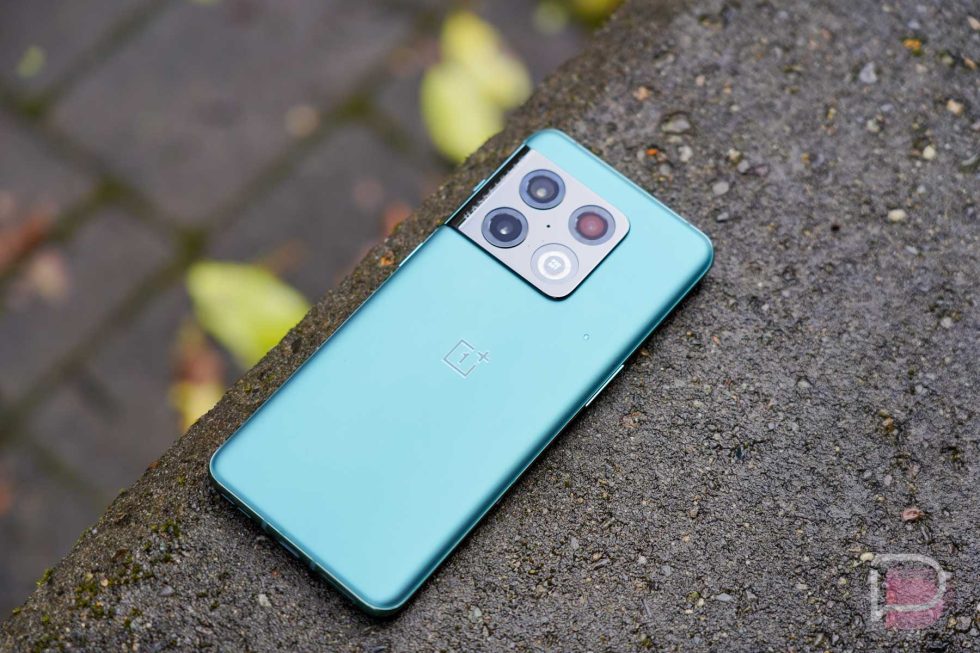
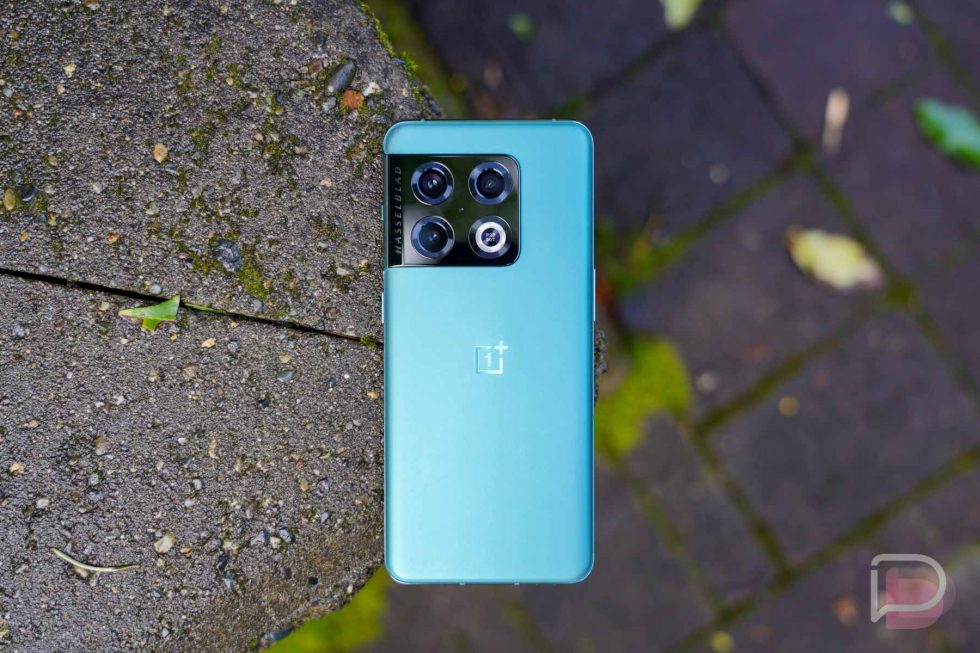
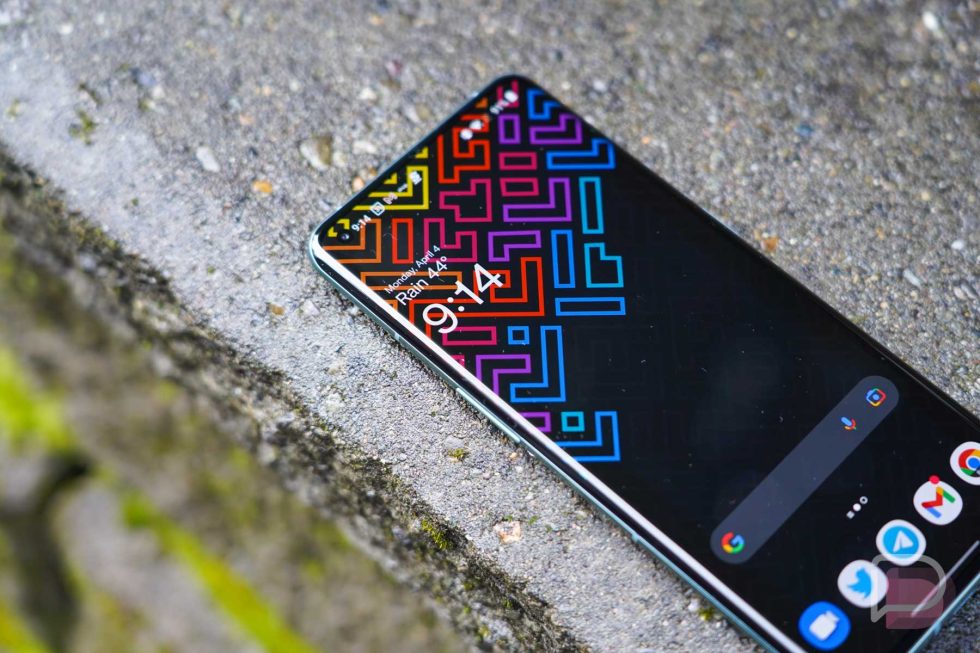






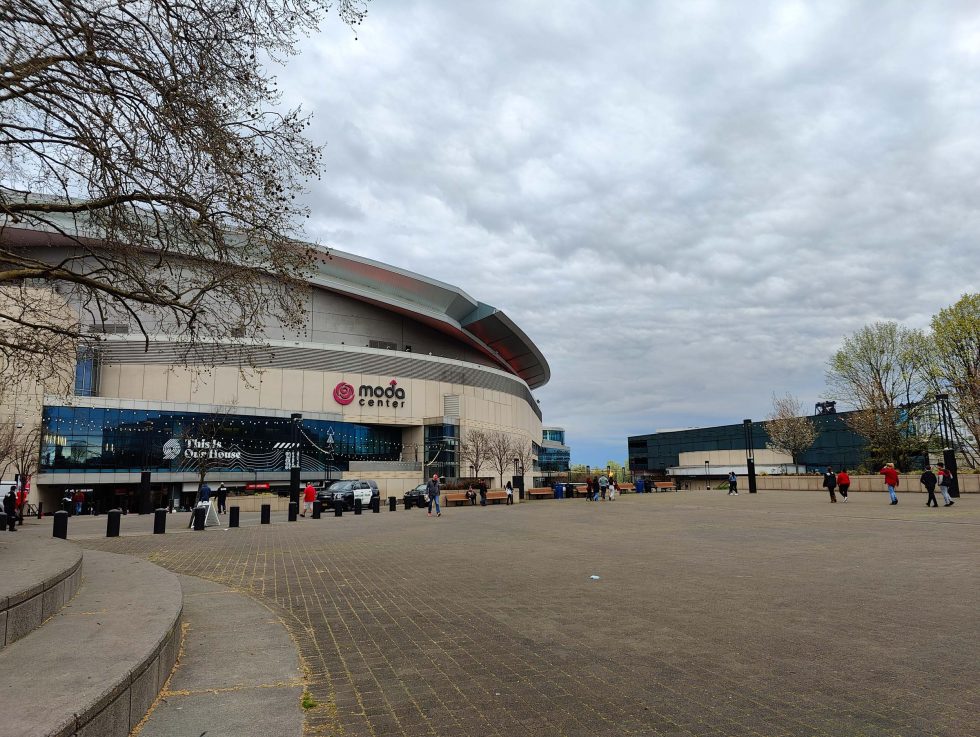
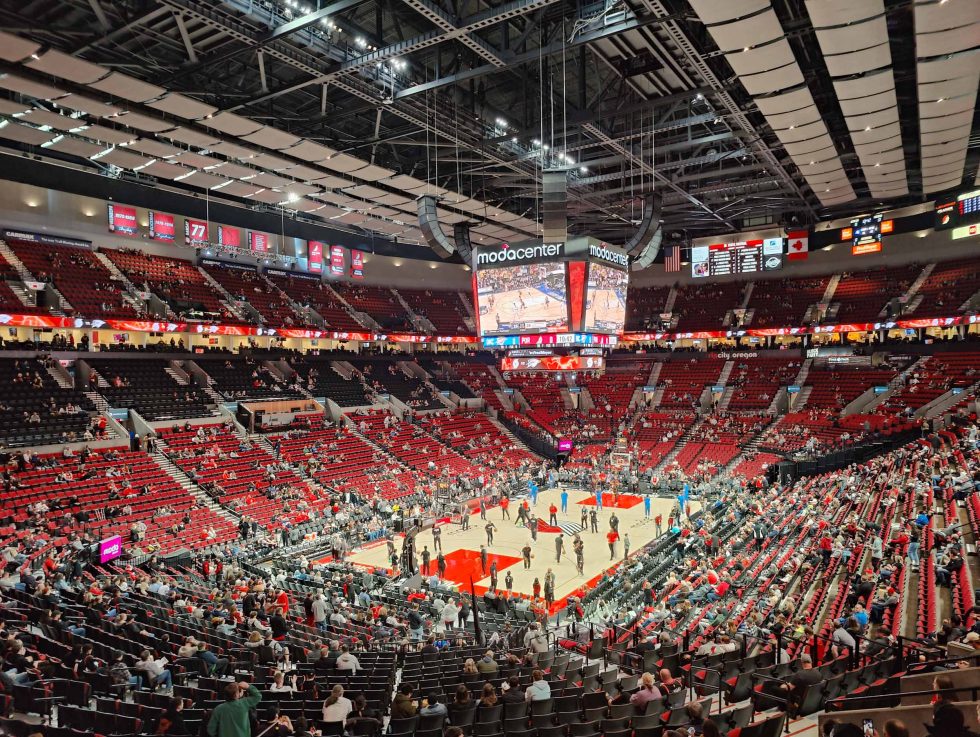




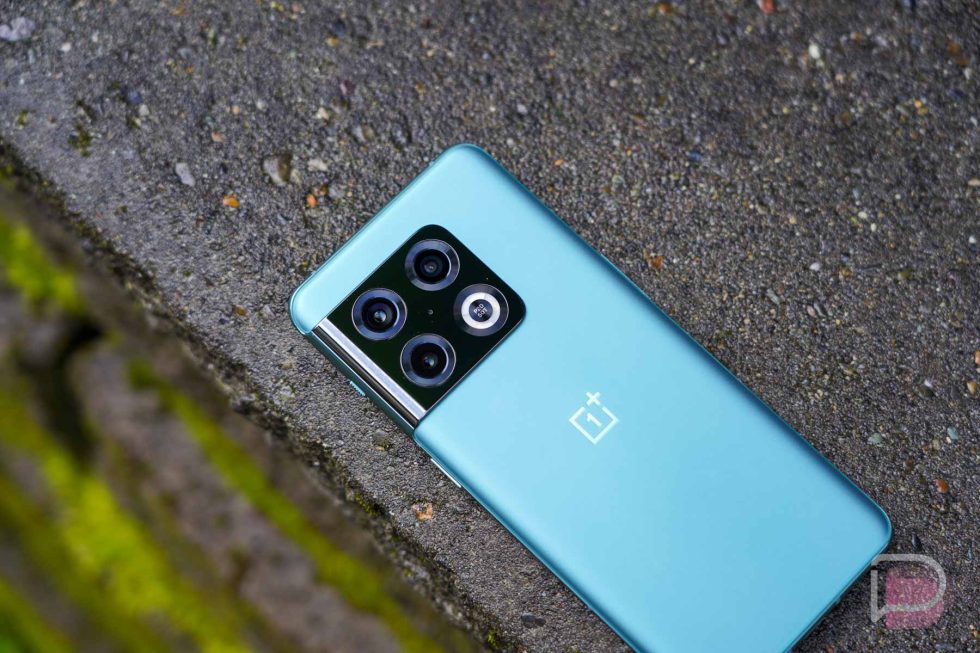
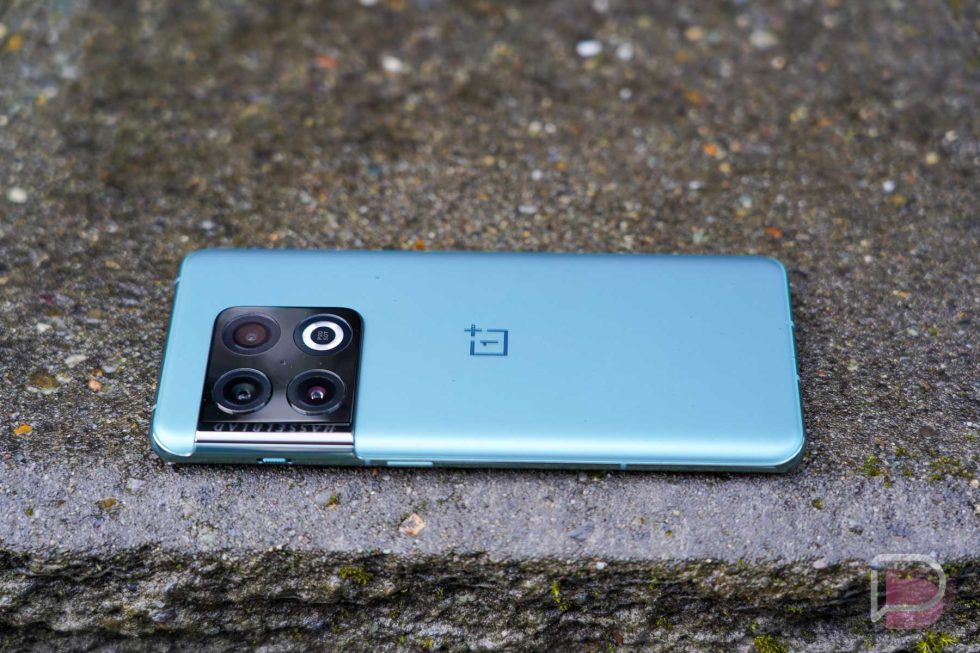
Collapse Show Comments19 Comments